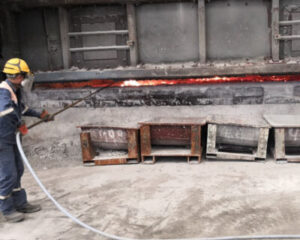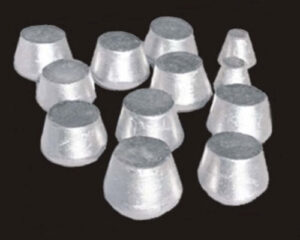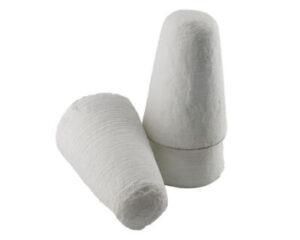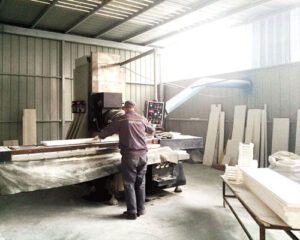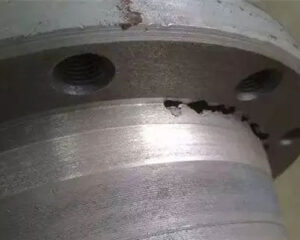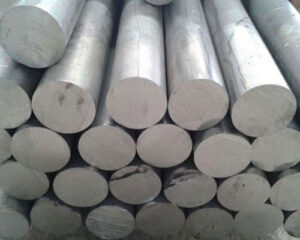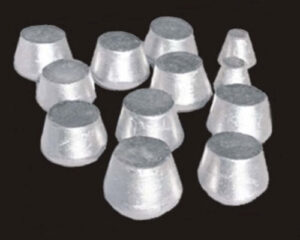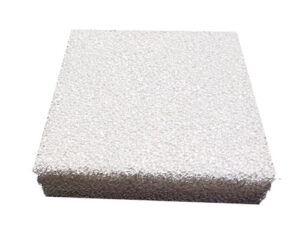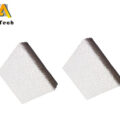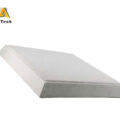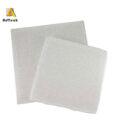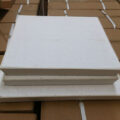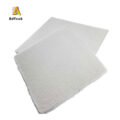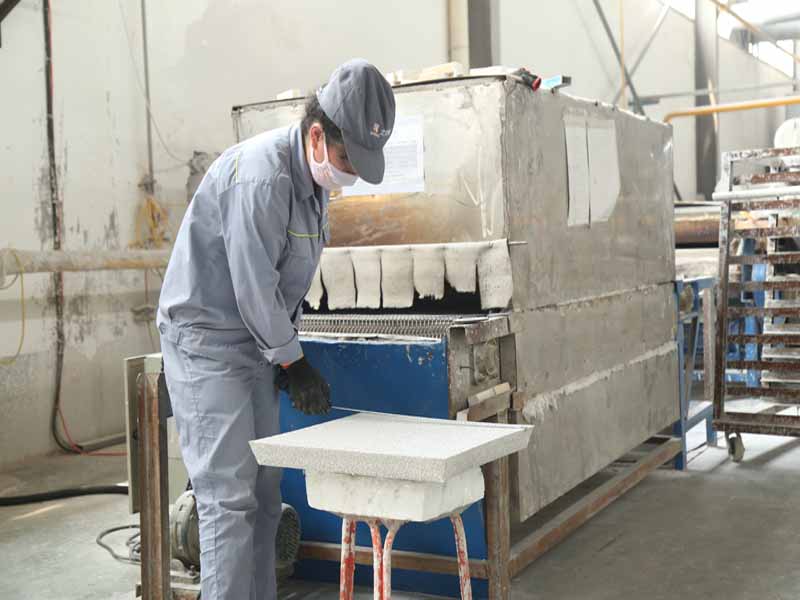Aluminum alloy production practice has proved that hydrogen is the only gas that can be dissolved in a large amount in aluminum or aluminum alloy,……
Aluminum strontium alloy acts as a molten casting in the alloy. It can be said that it is a modifier, refiner and additive for aluminum……
At present, the most widely used aluminum alloy casting production is sodium salt modifier, which consists of halogen salts of sodium and potassium. This type……
Refractory Cones are made of high-aluminum fiber and control or prevent the flow of liquid aluminum to accurately cast aluminum and aluminum alloys. From the……
The casting nozzle is a key component for directly distributing and conveying aluminum liquid to the roll gap during the casting and rolling process. The……
Aluminum alloy defect shrinkage often occurs in the thick parts of castings, or at the intersection of thick and thin. Sometimes the surface of the……
The aluminum alloy modification process factors are: modification temperature, modification time, modification agent type, and dosage. Metamorphic Temperature Higher temperature is beneficial to the Aluminum……
The silicon phase in the aluminum-silicon alloy eutectic will grow into flakes under spontaneous growth conditions, and even thick polygonal plate-like silicon phases appear. These……
For non-metallic inclusions, the use of gas refining methods can be effectively removed. For the more demanding materials, the CFF filtration method can remove impurities……
Ceramic fiber filtration technology is one of the faster-developing filtration technologies in recent years. Compared with the traditional granular filter material, the specific surface area……

